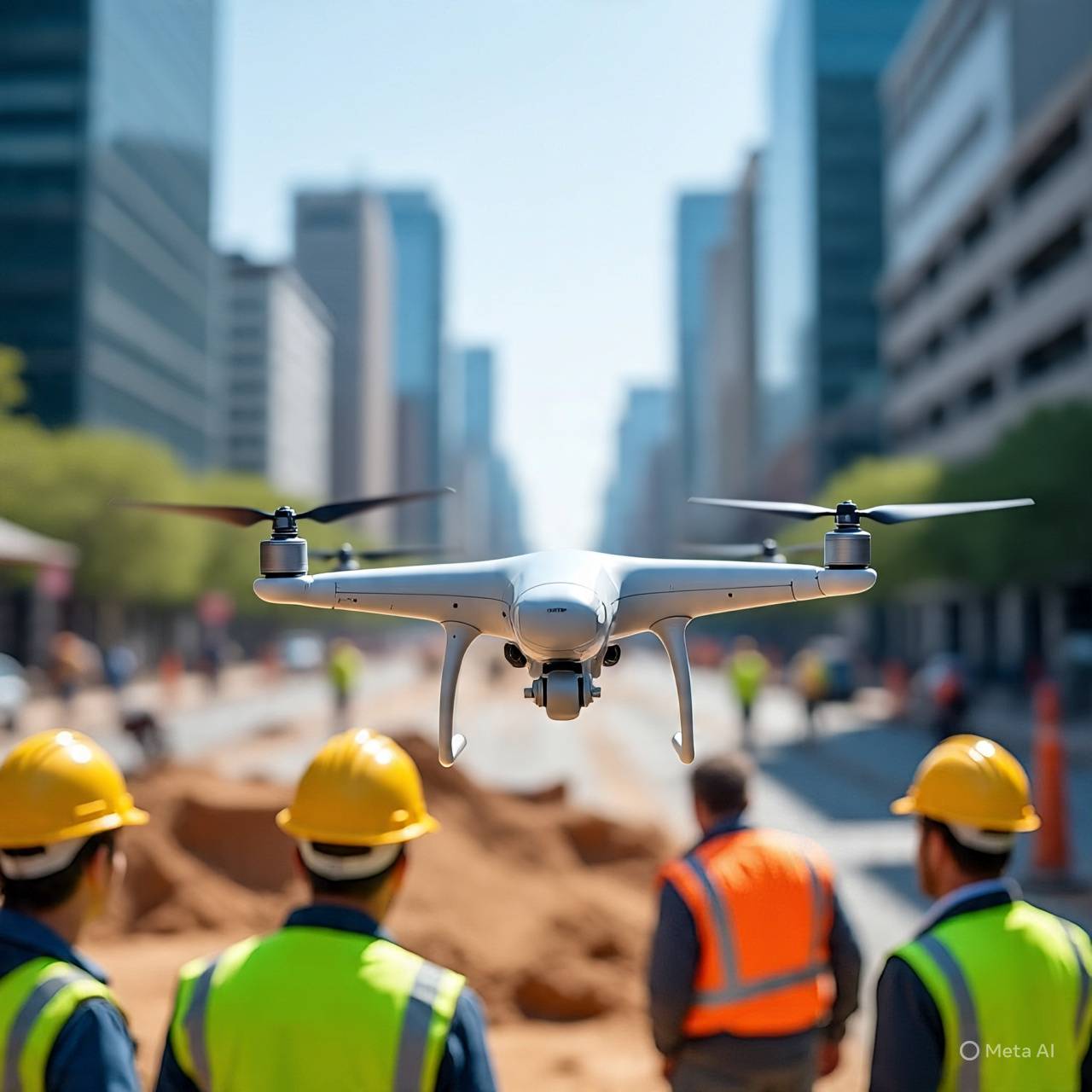Drones, also known as unmanned aerial vehicles (UAVs), are increasingly transforming various industries by providing innovative solutions for data collection, inspection, delivery, and more. With advancements in drone technology, including improved autonomy, sensor capabilities, and payload capacities, drones are being adopted across sectors like agriculture, construction, logistics, and emergency services.
In agriculture, drones are revolutionizing how farmers manage crops. Equipped with multispectral or thermal sensors, drones enable precision agriculture by capturing detailed imagery of fields to assess crop health, detect stress, and optimize irrigation and fertilizer application (Zhang & Kovacs, 2012). This leads to more efficient use of resources and potentially higher yields. Drones can also help in monitoring livestock and assessing large areas quickly.
The construction industry benefits from drones through enhanced site monitoring and inspection. Drones capture high-resolution images and videos of construction sites, aiding in project management, progress tracking, and safety inspections (Irizarry et al., 2013). Using drones for site surveys reduces time and costs compared to traditional methods while providing detailed 3D models of sites.
In logistics, drones are being explored for delivery of goods, particularly in remote or hard-to-reach areas. Companies like Amazon and UPS are testing drone delivery systems to reduce delivery times and costs (Aurambout et al., 2019). Drones can navigate around obstacles and traffic, potentially transforming last-mile delivery.
Emergency services also leverage drones for search and rescue operations, firefighting support, and disaster response. Drones equipped with thermal cameras can locate missing persons or assess damage in disaster areas quickly (Restas, 2015). They provide critical aerial views without risking human lives in dangerous situations.
Despite the transformations drones are bringing, challenges remain like regulatory frameworks, airspace safety, and privacy concerns. Regulations vary globally, and operators must navigate these to deploy drones safely and legally (Floreano & Wood, 2015). Addressing these challenges is key to wider adoption.
The future of drones in industries likely involves more integration with artificial intelligence for autonomous operations and enhanced data analysis. As technology advances, drones may play even larger roles in commercial and public sectors.


